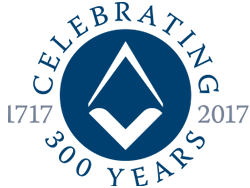History of Suffolk Freemasonry
 Freemasonry reached Suffolk in the 1730’s, following the formation of the first Grand Lodge in 1715. As the number of Lodges spread outwards from London, the Grand Lodge decided that it needed to regulate, and retain control of, the activities of the lodges under its jurisdiction, and it introduced a second tier of management: the Province.
Freemasonry reached Suffolk in the 1730’s, following the formation of the first Grand Lodge in 1715. As the number of Lodges spread outwards from London, the Grand Lodge decided that it needed to regulate, and retain control of, the activities of the lodges under its jurisdiction, and it introduced a second tier of management: the Province.
Provinces were generally based on existing county boundaries, and, in 1772, the Province of Suffolk was instituted. For some years this was a very informal arrangement led by a Provincial Grand Master, who was responsible for the oversight of all the Lodges in Suffolk, and who could himself establish new Lodges.
In time a Provincial hierarchy came into being, with its own officers, corresponding to those of the Lodges, and promotion to these offices became an intermediate honour for the members of the Lodges.
As the population of Suffolk grew in the 19th century, so the number of Lodges grew, from 14 in 1813 to 22 in 1900, and continued to grow thereafter to the present 68 Lodges.
These Lodges are spread across the County of Suffolk, with one in Gorleston and two in Great Yarmouth (Norfolk). All the lodges are regulated by the United Grand Lodge of England.
